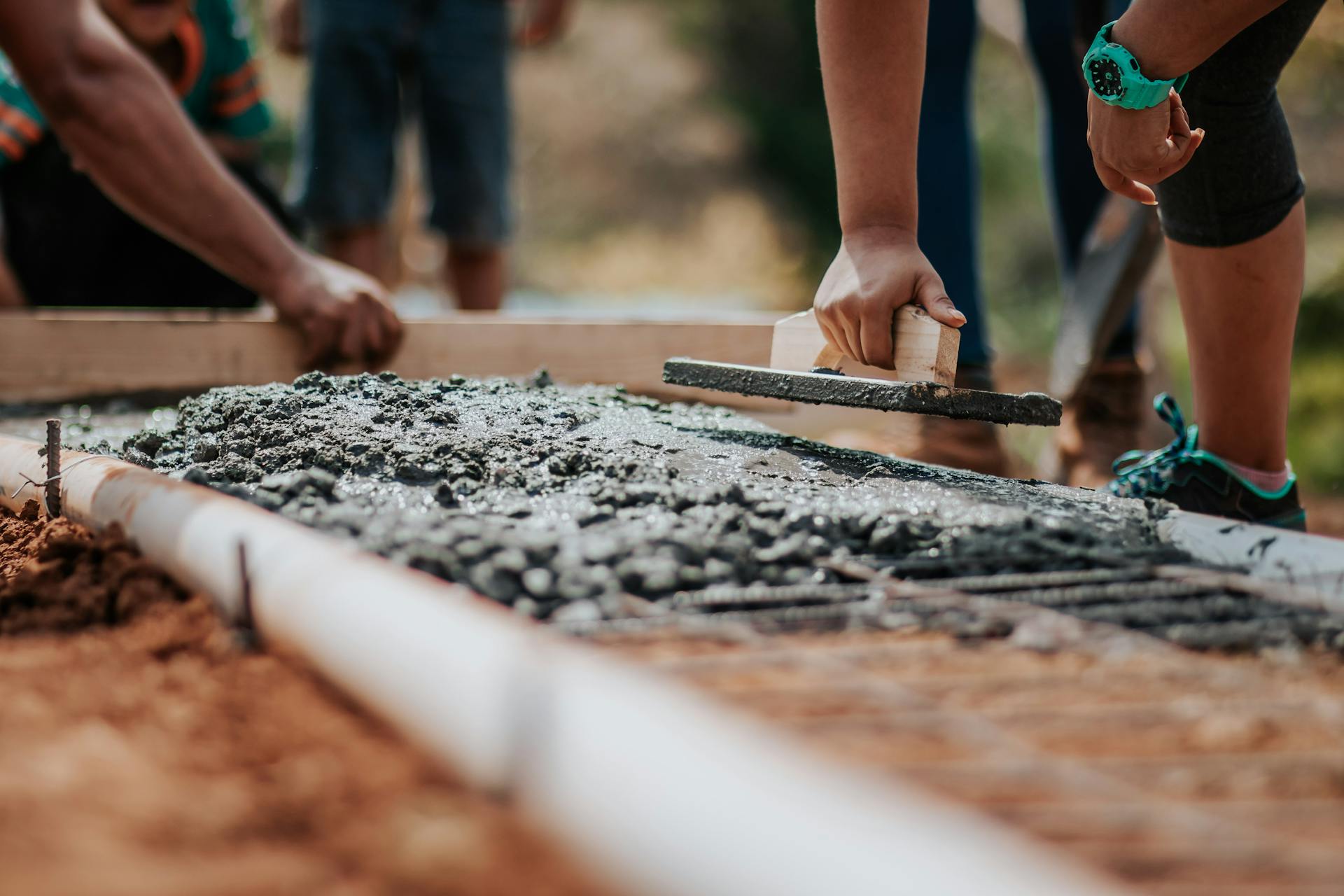Understanding Low-Carbon and Recycled Concrete
Concrete is one of the most commonly used materials in construction due to its strength, durability, and versatility. However, its production comes with a significant environmental cost—it is responsible for nearly 8% of the CO₂ emissions generated over a person’s lifetime. This is largely due to the manufacturing of Portland cement, which involves energy-intensive processes that release large amounts of carbon dioxide.
To reduce this environmental impact, two key solutions have emerged: low-carbon concrete and recycled concrete. Both aim to maintain the structural performance of traditional concrete while using fewer raw materials and generating less CO₂. Low-carbon concrete achieves this by incorporating alternative binders and reducing cement content, whereas recycled concrete focuses on reusing materials from demolished structures. Together, these approaches support more sustainable and eco-friendly construction practices.
Low-Carbon Concrete: Composition and Techniques
Low-carbon concrete is a type of concrete that minimizes carbon emissions by changing the traditional recipes and adding alternative materials. That includes alternative binders such as geopolymers and magnesium-based cements, which can replace a portion or all of Portland cement responsible for the major share of CO2 emission in concrete. Other methods involve supplementary cementitious materials, including industrial by-products like fly ash, slag, and silica fume. These materials help minimize the use of cement, yet maintain performance. Other manufacturing processes also incorporate carbon capture technology by injecting CO2 into fresh concrete to improve concrete durability, permanently storing the carbon. Optimized concrete mix designs further enable cement reduction with no compromise in strength and durability.
Recycled Concrete: Reusing Demolished Material
Recycled concrete is derived from demolished structures and repurposed to create new construction elements. This approach significantly reduces waste, as construction and demolition materials are reused instead of ending up in landfills. It also lowers the carbon footprint by decreasing the demand for new aggregate extraction, thereby reducing emissions related to mining and processing. Furthermore, recycled concrete helps preserve natural resources such as sand and gravel, which are becoming increasingly scarce. By integrating recycled concrete into new construction projects, the industry can move towards a more sustainable and circular economy model.
You may be interested in: Build Green, Live Clean | A Casual Guide to Sustainable House Materials
Costs: Is Sustainable Concrete Affordable?
One of the biggest concerns when adopting sustainable materials is cost. Low-carbon concrete can be slightly more expensive than traditional concrete due to the research and development involved in new materials and processes. However, prices are becoming more competitive as demand grows and production scales up. Recycled concrete, on the other hand, can be cost-effective, especially in areas where demolition waste is abundant and transportation costs are low. In the long run, both options can lead to financial savings by reducing material waste, improving energy efficiency, and even qualifying for green building certifications and incentives.
Challenges in Adoption
Despite its advantages, low-carbon and recycled concrete face several challenges. Performance variability is a key issue, as some alternative materials require adjustments to meet durability and strength requirements. Regulatory constraints also pose an obstacle, as existing building codes often prioritize traditional materials, making it difficult for innovative solutions to gain widespread approval. Additionally, many professionals in the construction industry remain unaware of the practical applications and benefits of sustainable concrete options, slowing their adoption.
How Can You Integrate These Materials Into Your Projects?
If you’re an architect or builder, start by researching suppliers that offer low-carbon and recycled concrete in your area. Consider using these materials for non-structural elements first, such as pavements, foundations, or walls, before fully transitioning to structural applications. Developers can also benefit from green certifications like LEED or BREEAM by incorporating these materials into their projects. Educating stakeholders—clients, engineers, and contractors—about the advantages of sustainable concrete will further drive adoption.
Future Prospects
As research advances and regulations evolve, low-carbon and recycled concrete are expected to become more widely used. Innovations in mix design and production techniques continue to improve their performance, making them increasingly viable alternatives to conventional materials. With growing awareness and commitment to sustainability in construction, these solutions represent a significant step toward reducing the environmental impact of the industry. If you’re interested in learning more, Komoneed has published related articles such as “The Role of Recycled Materials in Green Architecture” and “Low-Carbon Technologies That Could Reshape Construction”, which delve deeper into these transformative practices.
This is one of a series of articles developed by students from ESCP Business School’s Bachelor’s degree in Business.
Our explicit thanks to:
- Shade Okewale-Retat:
- Laura Martins Queiroz
- Louis Sauvat
- Carlos Herzog Oldenburg
- Gaspard Soulier
- Colton Voorhees
Sources :
- Boston Consulting Group. Mission Possible: Partnering for a Sustainable Future. https://www.bcg.com/about/partner-ecosystem/world-economic-forum/mission-possible. Accessed [date].
- Bouygues Construction. Low-Carbon Concrete. https://www.bouygues-construction.com/en/innovation/all-innovations/low-carbon-concrete. Accessed [date].
- Concrete Centre. End-of-Life and Recycling. https://www.concretecentre.com/Performance-Sustainability/Circular-economy/End-of-life-recycling.aspx. Accessed [date].
- “Recycled Concrete Aggregate.” ScienceDirect, https://www.sciencedirect.com/topics/engineering/recycled-concrete-aggregate. Accessed [date].
- Picture : https://www.ucem.ac.uk/whats-happening/articles/concrete-alternatives/
Image
- Rodolfo Quirós, Pexels





0 Comments